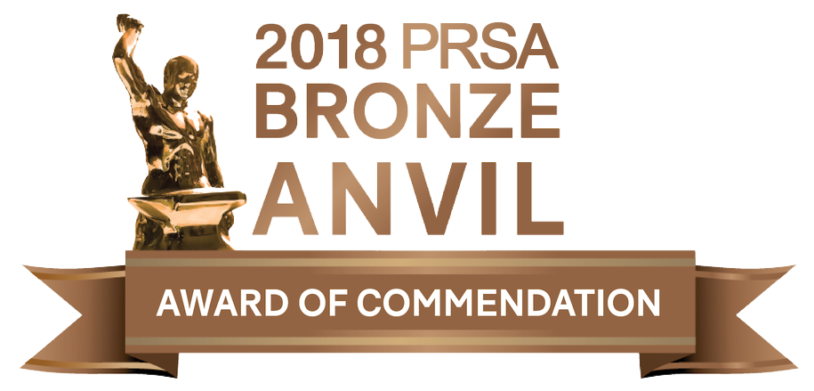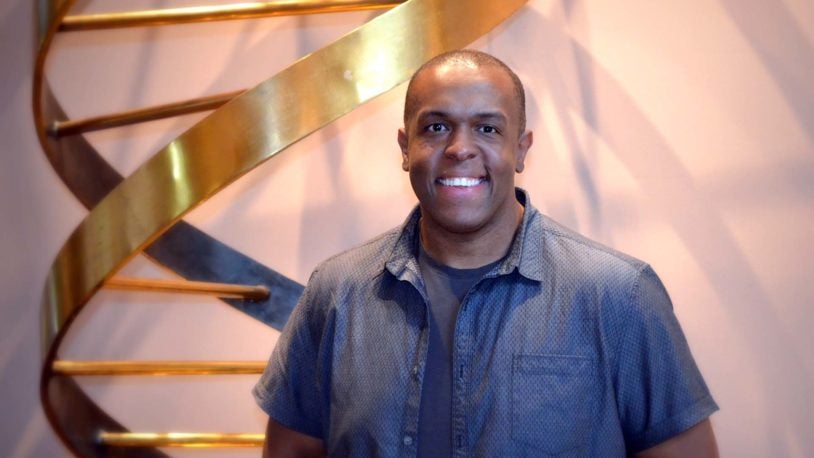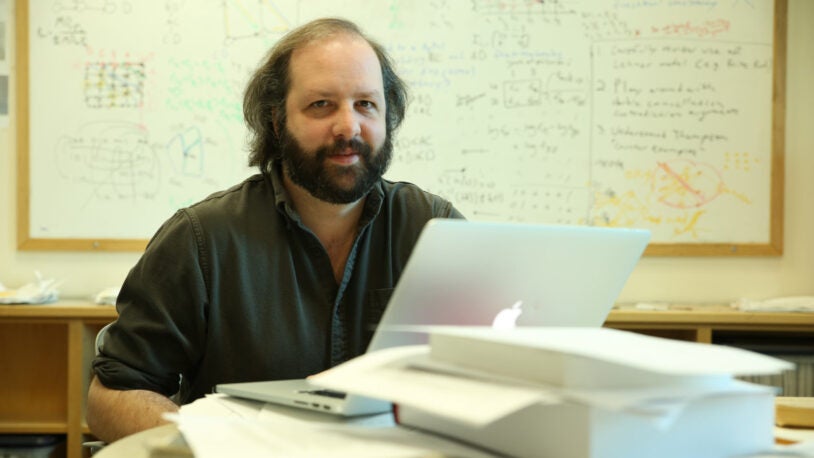Newsstand Menu
LabDish Blog
LabDish is published and managed by the Communications Department at Cold Spring Harbor Laboratory. The blog highlights the people who make possible the Laboratory’s world-class scientific research and educational activities. The blog’s writers also take their readers “backstage” from time to time for a behind-the-scenes look at the scientific process itself.

Sorry, no stories were found
Try these search tips:
- Make sure all words are spelled correctly
- Try different search terms
- Try more general search terms
- Try fewer search terms
- Or search the entire CSHL website:

